History
To empower has always been our goal. But how have we done that through the decades?
Discover ING’s history through a series of videos that trace our heritage back to the 18th century.
Savings
Millions of savers around the world entrust their money to us. Just like 17-year-old Margaretha did over a century ago when she deposited her first savings with our predecessor Rijkspostspaarbank.
Payments
How many times have you tapped a contactless card or smartphone to pay for your coffee? Payments haven’t always been this easy. ING’s been helping people pay for things since 1918.
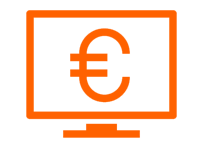
Did you know?
Banking without having to go to a bank became a successful concept into the Netherlands at the end of the 1990s. ING introduced the concept in other countries in 1997 as ING Direct, a bank without branches that offered attractive savings accounts and other retail banking products.
Mortgages
Much has changed for home buyers since the first mortgage banks were established in Europe. Except for one thing: it’s still one of the most important decisions people will make in their lives.
Small-medium sized enterprises
The movers and shakers. The freedom people who take brave decisions to change their lives and those of others. These are the people we like to partner with. How did our predecessors support small businesses during the Great Depression of the 1930s?
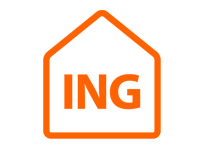
Did you know?
ING - the Internationale Nederlanden Groep - was created in 1991 with the merger of Dutch insurer Nationale-Nederlanden and national postal bank NMB Postbank.
Wholesale Banking
Barings bank’s first big client was Napoleon. What did this British bank do for the French statesman in 1803 and how is ING related to what was once the UK’s most powerful investment bank?
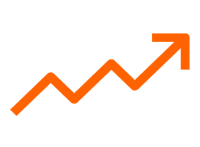
Did you know?
ING shares started trading on the New York Stock Exchange in 1997.
Our story
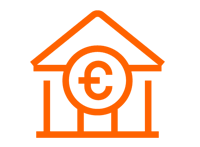
Did you know?
ING's oldest businesses can be traced back to 1762 when John and Francis Baring started Barings Bank in London. ING took over Barings in 1995 after the 200-year-old investment bank was bankrupted by derivatives trader Nick Leeson.
Corporate
The orange lion, a symbol of our Dutch roots, adorns ING offices all around the world. Discover how ING started and the numerous mergers and acquisitions that created ING as it is today.
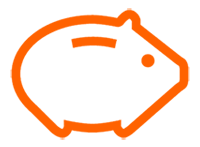
Did you know?
In 1881, ING's predecessor, Rijkspostspaarbank, helped 17-year-old Margaretha save her first cents in a savings account - the start of financial independence.
What does the lion stand for?
ING’s orange lion goes back to our Dutch roots. Orange is the national colour of the Netherlands, and the lion is the country’s national symbol.

It also represents our rich history, with several of our founding companies featuring lions in their logos. The government-owned Rijkspostspaarbank, had the Dutch coat of arms flanked by two lions. In the 1950s and 1960s, the Nederlandsche Middenstandsbank (NMB), used the same logo on its stationery and official documents. And even further back, Dutch insurers De Nederlanden van 1845 and the Nationale Levensverzekering-Bank both had lions in their logos before they merged to become Nationale-Nederlanden, another ING predecessors.
Through all these mergers the lion survived and remains the symbol of ING today.
